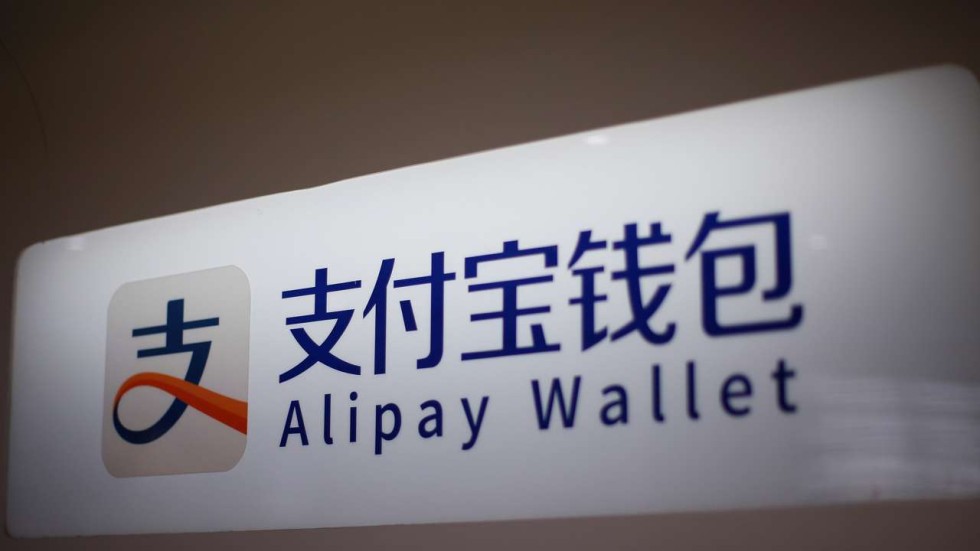
Alipay is now planning to expand its footsteps into Japan where there is a evident growth in the number of Chinese tourists. The company is eyeing the long-term potential of the nation’s $45 billion digital payments market.
By September this year, the volume of payments processed on Alipay has grown by eight times as revealed by Genki Oka, Japan chief executive officer of Ant Financial. From 20,000 to 38,000 the network of Alipay vendors has shown a magnificent growth in nine months counting from February. This shows how the target doubled itself within a year. An affiliate of billionaire Jack Ma’s Alibaba Group Holding Ltd., Ant Financial entered Japan in 2015 to cater to Chinese visitors who are increasingly shopping with their mobile phones instead of cash. It created a certain tension amongst the nation’s banks worrying that Alipay might eventually cater its services to the local consumers as well, challenging their own efforts to develop domestic payment platforms.
As of now, Alipay is working with the retailers in popular tourist spots such as the Ameya Yokocho shopping street in Tokyo’s Ueno district. The experts believe that smartphone based settlement is going to be essential as Chinese go not carry cash anymore. In Japan, Chinese made up the largest group among an unprecedented 24 million foreigners in the first ten months of 2017.
As of now, Alipay’s network ranges from high-end department stores to mom-and-pop shops and restaurants. The digital payment is done by scanning the QR code at the point of sale. Thailand and South Korea are the other two Asian countries which uses the platform.
Ryosuke Izumida, a Tokyo-based analyst at NavigatorPlatform Inc. said that Alipay’s capacity to attract customers is an excellent way of capturing inbound tourist demand, and it’s possible they could expand from there. However, he also thinks that Alipay’s low brand recognition could pose hurdles as Japan already has a well established electronic payment infrstructure. In Japan, rail commuter passes including Suica and Pasmo double as e-money using contactless FeliCa technology at 2.2 million terminals, Bank of Japan data show. According to another expert, any attempt by Alibaba to dominate in the Japanese market is actually a major threat